![Just transition is much more than economical diversification [interview]](https://www.foundintransition.eu/wp-content/uploads/2023/12/Rzeka-Jiu-i-nieczynna-kopalnia-Petrila-scaled-1-e1729878133644-800x450.webp)
– If I want just transition in my region, I cannot wait that everything will be brought on a plate to me. A transition will come sooner or later, but this will be simply an economy and energy transition. If we want a just transition, there must be participation of the people in the process. Only then we will secure social needs of the people, their safety, security, jobs, social and cultural opportunities – says Alexandru Kelemen, director of Association for Integrated Territorial Development (ADTI), a governing body that holds the central place in how the European funding will be invested in the next years in the Jiu Valley.
Interview by Małgorzata Kulbaczewska-Figat.
What should we understand by integrated territorial development of the Jiu Valley, on which you are currently working?
My current occupation is to prepare the transition, to prepare the projects and to promote collaboration between different stakeholders in the region, public or private, in order to make sure that the European funding is absorbed. And not just absorbed – our intention is to see it absorbed with impact, to create the premises for different Jiu Valley in 7-10 years.
The governing body is a new entity which is forming at the moment. It is also funded from European funds. We have created a small team, but we are constantly looking for additional experts, including local experts, who will help us trying to coagulate expertise from different areas. Our intention is to make sure that the governing body is representative, has a lot of experts which will lead the process of transition work to ensure it is really a just transition.
I become interested in the transition question, because as a social worker, I was involved in social processes deeply. I was wondering and asking: what does transition mean for Jiu Valley? What will be the social impacts of the transition towards vulnerable communities? This was my first contact with the transition as such and the concept of just transition. Now, with the European funds, I am taking part in an endogenous transition mechanism.
You told me you were a local. You have been living there for all the time when mines were being closed and the old social order in the Valley started to decay. How did the people react to these changes, what were their feelings?
We had multiple layoff waves. In my view, it was not the wisest decision, or at least it was not done wisely. Workers were very often left without jobs from one day to the other, and the social protection of the miners was very little.
The first layoffs started in 1996, then in 1997. There were 45,000 miners in the Jiu Valley before the first wave. Now there is no more than 2,000 people working in the last remaining mines. The industry has declined continuously. Of course, this had a lot of social impact. There was a lot of distress. The first layoffs were done in a way very unfair for the miners. They were given a large lump sum of money and promised they would become entrepreneurs. And then there was not even a training provided how they were, supposedly, to run their business.
In the end, they lost their jobs, took the money, then spent it. And then the social and economic distress came, not only for the miners. We have to take into consideration the families of the miners. Former colonies of miners started to have very bad social indicators, because a lot of people were laid off or left the mining voluntarily, because they were promised the possibility of becoming an entrepreneur, which was actually not real in our context.
Now we have also the environmental perspective. Like any other region in the European Union, we have accepted to work towards reaching climate neutrality. I think it is an engagement that needs to be taken also at local level. From my point of view, mining no longer has future here. It is dangerous, because there has been no investment in the mines for much time. We cannot send people underground, risking their lives. Second of all, we know that in Europe mining is no more economically viable. It needs to be subsidized by the states, which also creates an economic challenge, apart from the environmental one.
We have to accept that there will be less population here. When the industrialization was ongoing, people were moving to the region. Now we need to think of the assets left from the industrial age and transform them into something viable for the future with less inhabitants. We need to ensure access to public services for people who are still there to create a good quality of life. We must do as much as possible to try to create an investment environment where both small, medium and big companies can come and invest. That’s that’s how I see the future.
I do not know what’s going to be the future. I cannot be sure, but I hope it is not going to be monoindustrial because we’ve tried it. Relying on one branch of industry might be a short-term solution, but in terms of resilience of community and economic environment, it is a dangerous scenario.
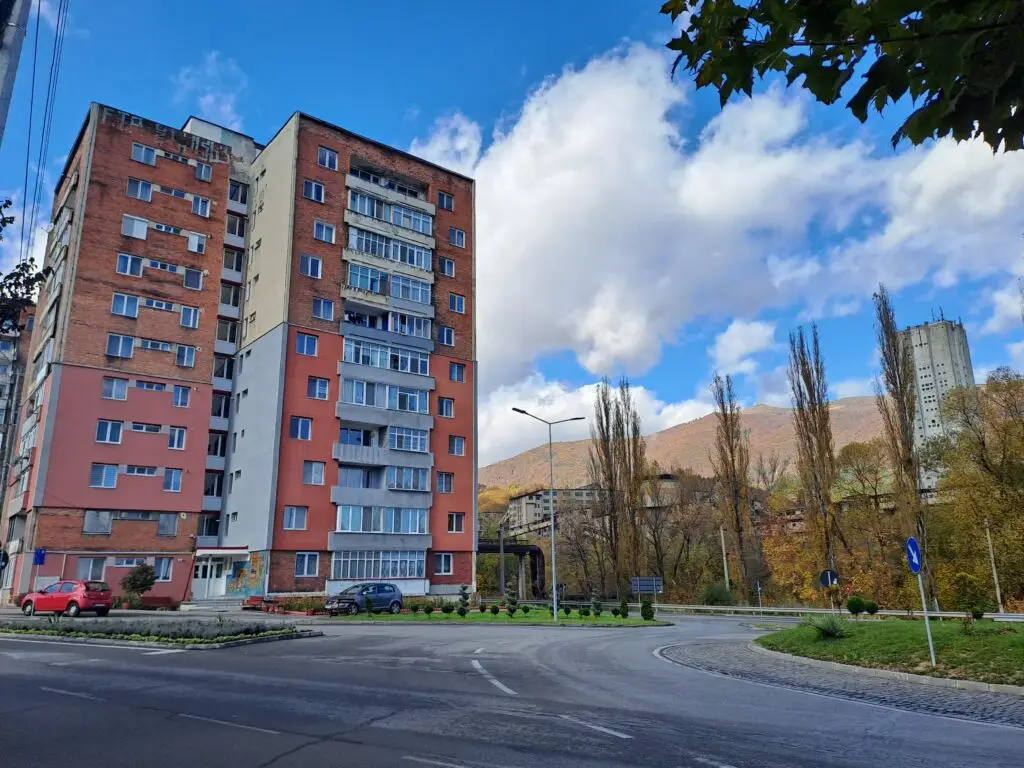
Are the investments only a hope and a plan for the future, or have the investors already started coming?
We need to do our own homework first. We are lacking full knowledge of our regional assets. We are still working on a platform, where we intend to place all the information on our capacities in terms of land, in terms of perspectives, in terms of human resources which can be available for the potential investors. We need to point out what can be offered by our local university in Petroșani, which could train new workers. We have contacted all chambers of commerce to show them what is the situation in the Jiu Valley at the moment and what the added values are.
So far, there has been some small investments, mostly in services, not production. Last week [in October – author] we launched the first call for proposals for small and medium entreprises. There exist some small businesses here, which could be developed and need to be encouraged. Our idea is to support local entrepreneurs rather than focus on getting someone from outside, because local businesses can provide a better sustainability. We also believe that we need to encourage ideas and succesful businesses ran by former miners or employing former miners. Nevertheless, if someone wants to come here and join the transition – they are more than welcome. The transition is a process.
What is, in your view, the biggest asset that you have?
I think our location is an important asset. We are close to the confluence of three national parks, the second highest mountain in Romania is there. We have a lot of beautiful natural environment, which we can build on in a sustainable way. Secondly, we have a good electric grid, which is an inheritance from the former mining areas. That means we have the capacity to be energy producers. We just need to work out what energy sources could be our future.
I would say also that industrial heritage is very important. Even though a lot of buildings related to mining have been demolished, there are still some former mining sites which we need to preserve. They could be the grounds for new businesses, for tourism, for energy producing and many more activities. We have good platforms for constructions. So far we have focused on industrial construction and mining-related construction, but I think we can switch very easily. The local university could also switch very easily to producing of heavy industry machines for other branches of economy than mining.
The task of preserving industrial heritage requires a lot to do. I have just visited the former Petrila mine and I can imagine how much is needed to do so that the potential of the place is fully used. Is there willingness in the municipalities and the local communities to engage in this task?
I would say that at the moment, there is reluctance for this kind of interventions on an industrial heritage. Petrila Mine has a different status, because it is a closed mine. It has been bought by the county council. There is a lot of interest now to grow it as an area. We are targeting a lot of investments there in the next multi-financial framework period, it requires also a lot of planning and takes some time, because the mining sites need to be sustainable. That’s why local municipalities are not very much eager to take over or to reclaim: the budgetary effort for them to keep and guard it is very high. At the same time, the municipalities used to profit a lot from mining activities and when this activity decreased, the municipal budget became more limited as well.
From my point of view, every former mining area should become a place that generates income. We cannot only turn them into museums. While opening museum or places where people can relate to the local identity is great, there must be also space for different kinds of business, so that the site itself remains sustainable. For example, training premises. Why can’t we open them in the former mining site building?
This is what has been done, and what is being done in Silesia, where I live. Former industrial buildings are being converted to museums, but also business centres, culture areas, restaurants…
That’s where we are heading. We will not be able to keep all the former industrial buildings, but we can prepare a plan of what can be saved of the mines which are still active. Promoting the most valuable buildings as potential places for investment or other kinds of activities must start before closing the mine, not after. We have such a plan for Lupeni.
It is not only the responsibility of the municipality, a big consensus ought to be created, including the community, business, environment, civil society to identify what are the potential new things that can be done in the mining side, what is an asset, for example, with tourism in mind.
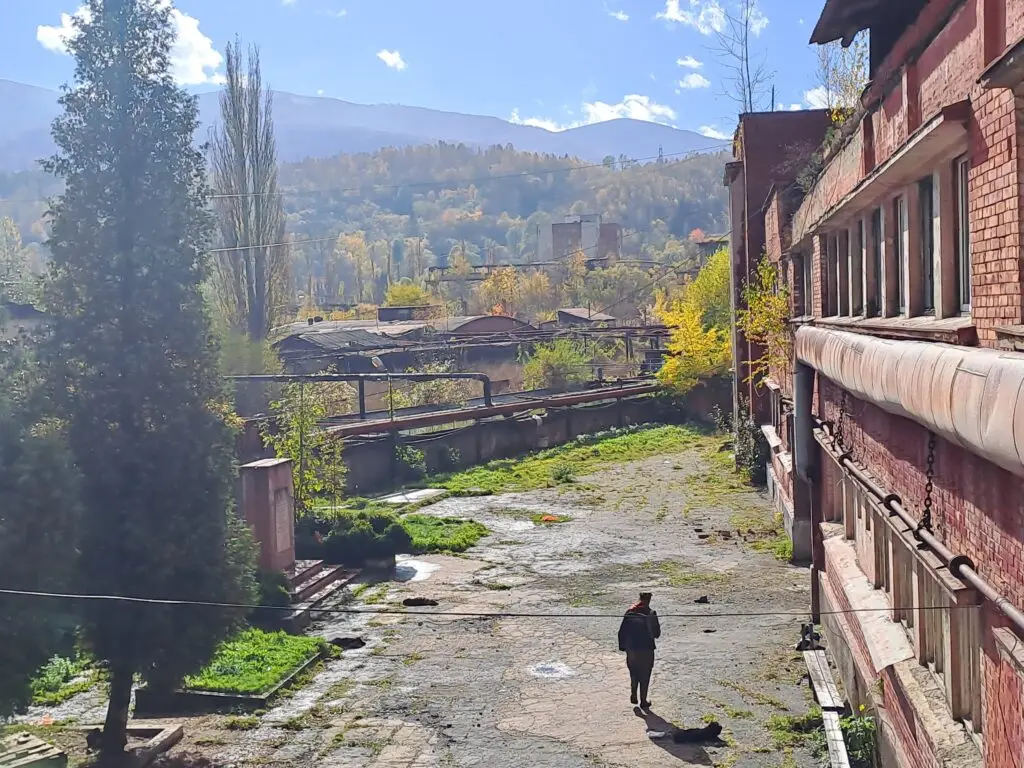
Tourism is frequently mentioned as a future source of income for the Jiu Valley. Do you agree this is a hopeful direction of development?
Our vision is all-season tourism, mountain biking, kayaking (we have a lot of rivers here), cycling. This kind of mobility is compatible with discovering local heritage. Industrial heritage is one point of interest. But there are also wooden churches that had been built in pre-industrial times, and other historical sites as well. There is heritage related to the railway road. So far, we have produced a master plan, which is currently under consultation, focusing on summer tourism opportunities.
So this is also matter of the future.
We have just made the documentation for some of the investments. They are either being prepared or in the technical documentation phase. Even if the calls for projects have not opened yet, we are preparing them. The Just Transition Fund, in the first place, envisaged a call for projects in the area of economic diversification. We are hoping that next year we will have dedicated calls for tourism, and also for producing energy from renewable sources.
I imagine our future economy as based on small and medium entreprises. There are some businesses like this already in place, and I think this is a place to start. There is a company here which employs roughly 100 former miners, which is working on lighting for airports and other public spaces. We have construction companies which are growing, which also are initiatives of the former miners. Looking at this in economic indicators and available workforce, developing small and medium entreprises seems a wiser strategy than thinking about bringing big companies there. If a big investor from outside comes here, we will be never sure how long he actually stays. He finds a place where his profit could be higher – he will relocate and we will need to start economy reconstruction again.
Who are the most active initiators of change in your view? NGOs, local activists, the municipalities, or perhaps private sector?
The start of a transition process, which takes into consideration the community activation model, was initiated by the NGOs. We have now a large coalition of NGOs which got together and try to have a say in what the transition process actually means. But I also think it is very important that the municipalities in Jiu Valley got together and signed memorandum for common projects, such us the Green Light project, which envisages green buses, green transport in the entire region. We have to make integrated projects. That means that we need to see beyond the borders of every municipality, to think regionally.
Another important actor is the University of Petrosani, the only Romanian university located outside of regional capital cities. The university has roughly between 3000 and 4000 students and can be the source of local expertise to drive the the change.
Do young people choose to stay and live in the Valley?
No, but that’s normal not to stay here. Mobility models are much different today than 20 years ago. We have to take into consideration that a lot of young citizens are moving away not because they don’t like the region, but because they want new experiences, economic opportunities, richer cultural life. Their motivations to go show us what we have to do.
And what we actually have to do is to improve the accessibility to public services, health, education. That’s the first level of the Maslow pyramid of needs. We still have mobility and connectivity issues concerning remote neighbourhoods, former miners’ colonies. When we start new projects of infrastructure, we give extra points for projects placed in the marginalized communities, which could help to build coherence and homogeneity of the entire community. Second task is to create opportunities for better incomes for the young generation. Last but not least, we must create valuable, full-fledged cultural and social life.
Did the Jiu Valley have an unique, mining-related local culture, specific customs?
We had casinos, owned by the coal company, both under the Austro-Hungarian Empire and in Romania. A lot of the sports in the area were funded through the mining company. The same goes for theater activities or local dance bands. Unfortunately, when mining activity died, these cultural and social activities were gone as well. We need to rebuild this and this is a process. A real transition is not only encouraging economic diversifiation. It is about all aspects of social life of the community.
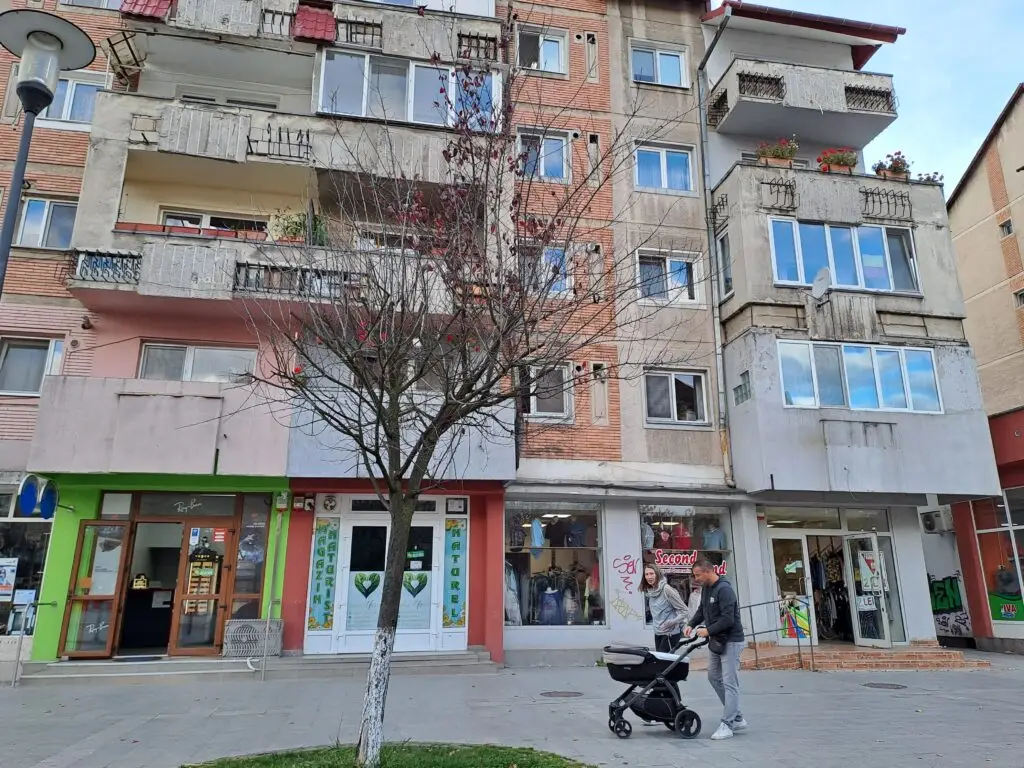
What are people’s attitudes toward the transition plans? Do they believe in just transition and a better future?
Of course, communities affected by poverty are much in distress and mainly unsatisfied with the way things are going. The social policies and measures had not been very wisely planned in the previous years. In addition, not much work has been done at the grassroots level in order to reactivate the people or reintegrate the people in the working force, even though there were opportunities of employment or different kind of social benefits. There is an anti-establishment attitude in the marginalized communities as well. The Jiu Valley community is still nostalgic about the years of economic prosperity based on coal.
What we do have to do at the moment is to make projects and put them into practice. Even smaller projects that are being implemented give a palpable feeling that something is happening, something is being constructed. We hope that next year we have first achievements, a community centre, and people see and say that just transition is not something from Brussels, not an abstract concept, but something that is going on and bringing good to the community. We need to educate, but we also need to be serious and come up with initiatives. I have not seen a good project which have not received funding sooner or later, but this good project must be actually produced. We cannot wait for European Commission or for a national ministry to produce it.
We need to create a new paradigm, a new local narrative for the social and cultural life in Jiu Valley. Perhaps it will be built upon our historical and industrial heritage. Perhaps it will be related to biodiversity and the beauty of landscapes.
Perhaps, everything together?
Possibly. We just need to create like the framework where this new identity and paradigm could grow.
We have discussed opportunities and assets. What are the weak points that you see?
I would say connectivity is a weak point. In terms of economic diversification, you need to have connectivity to main European corridors in order to ship very fast the merchandise. Unfortunately, we were not wise enough to take advantage of the previous funding opportunities in order to settle this. The rail infrastructure in Romania is very weak, not only in the Jiu Valley. From here, it takes eight hours to get to Bucharest by train, which is crazy. Connectivity with our tourist attractions is also weak.
Lack of investment is another weak point. Energy poverty is also one of the things we have to take into consideration. All of the buildings built here have had a very poor energy efficiency. Back then when we were energy producer, energy was very cheap, but now it’s very expensive. If you do not have isolation on your building, it consumes a lot from the family budget. We still need to do a lot of energy efficiency measures in our region, because our the quality of the house housing is very low. These buildings were made to accommodate a very big number of people in very short time, which did not take into consideration a need for space. Now we need another housing strategy and build bigger, we have land.
But one of the biggest problems that we have has been the top-to-bottom approach that made the community distrustful about new initiatives. Engaging new members in the process is very hard. I can understand why – too many times the people here were promised too many things, and nothing happened afterwards. If you offer nothing but visions, people will be sceptical or very reserved. If we do more and implement projects on the ground, more people will get onto this train of transition.
You believe that it is not too late for a just transition, despite everything bad that happened in the Jiu Valley.
No, I do not think it’s too late. Quite the contrary. At the same time, I am convinced that we, the community, need to make an effort. If I want just transition in my region, I cannot wait that everything will be brought on a plate to me. A transition will come sooner or later, but this will be simply an economy and energy transition. If we want a just transition, there must be participation of the people in the process. Only then we will secure social needs of the people, their safety, security, jobs, social and cultural opportunities.
Is our transition process an example of just transition? We will know that only with time, when we look back on the actions we have done and determine whether people’s lives got better.
Alexandru Kelemen, born in Jiu Valley, is the director of Association for Integrated Territorial Development (ADTI) that holds the central place in how the European funding will be invested in the next nine years in the region. Social worker by profession, he had worked for Caritas for 15 years, being involved in various projects involving marginalized communities, children, youth engagement and elderly care.
This interview was produced in the scope of a journalist travel to the Jiu Valley, realised with the help of Reporting Democracy.
Cover photo: Banks of the Eastern Jiu river. The former Petrila Mine is seen in the background. Photo by Małgorzata Kulbaczewska-Figat
Subscribe to Cross-border Talks’ YouTube channel! Follow the project’s Facebook and Twitter page! And here are the podcast’s Telegram channel and its Substack newsletter!
Like our work? Donate to Cross-Border Talks or buy us a coffee!
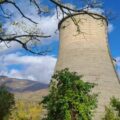
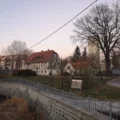
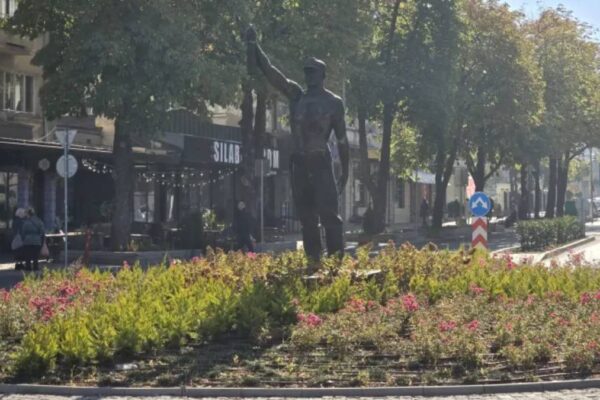
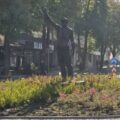
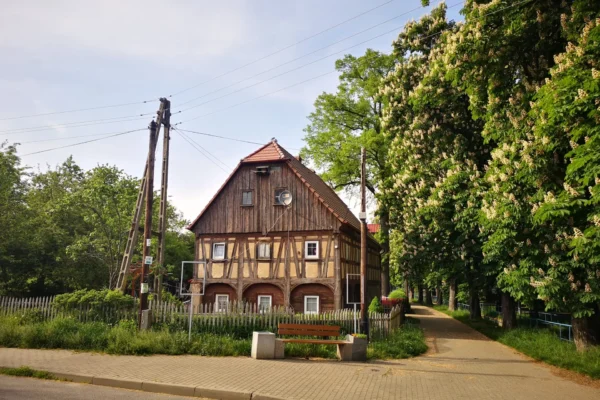
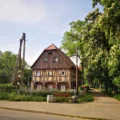
![Jiu Valley: is there a life after coal? [GALLERY]](https://www.foundintransition.eu/wp-content/uploads/2024/01/wieza-wyciagowa-i-chmury-scaled-1200x675-1-600x400.jpg)
![Jiu Valley: is there a life after coal? [GALLERY]](https://www.foundintransition.eu/wp-content/uploads/2024/01/wieza-wyciagowa-i-chmury-scaled-1200x675-1-120x120.jpg)
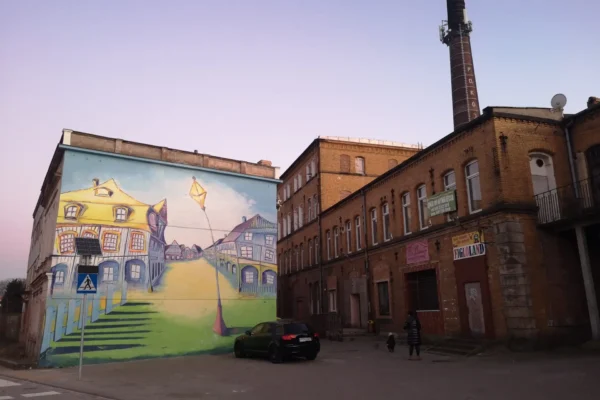
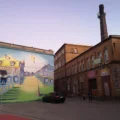
No comments
There is no just transition without trust and social capital [interview] - Cross-border Talks
2 January 2024[…] Just transition is much more than economical diversification [interview] […]
Roșia Montana: victory of solidarity over greed [AUDIO] - Cross-border Talks
26 March 2024[…] Just transition is much more than economical diversification [interview] […]